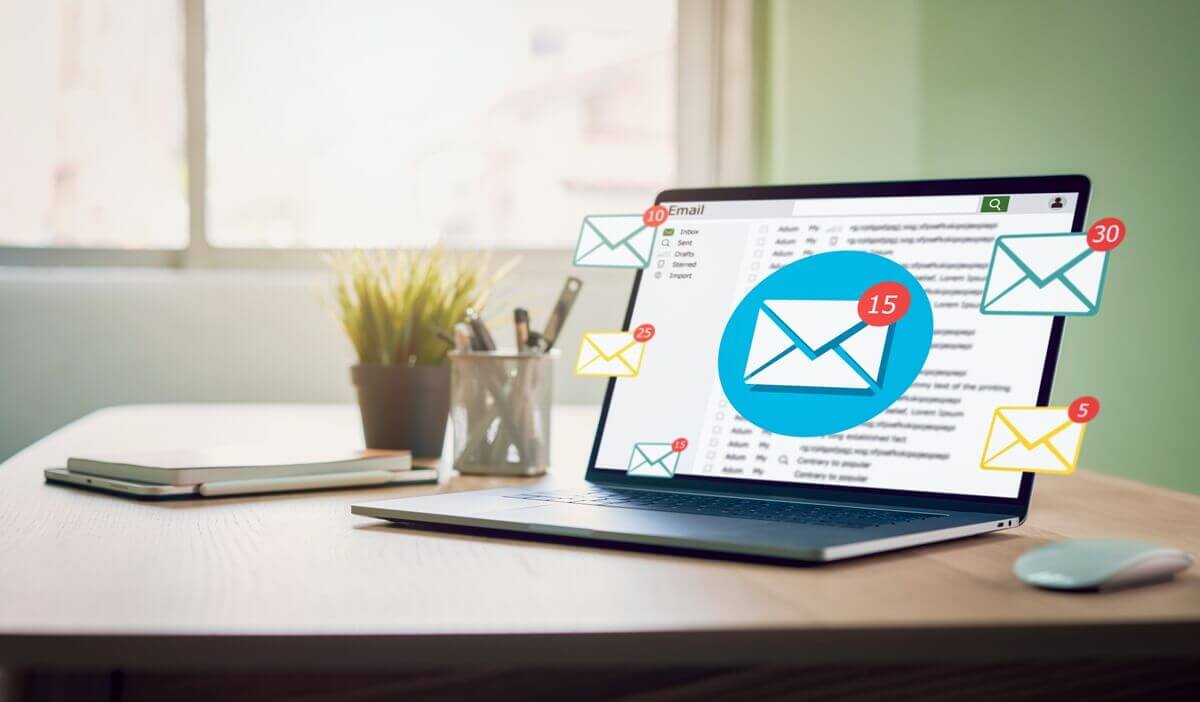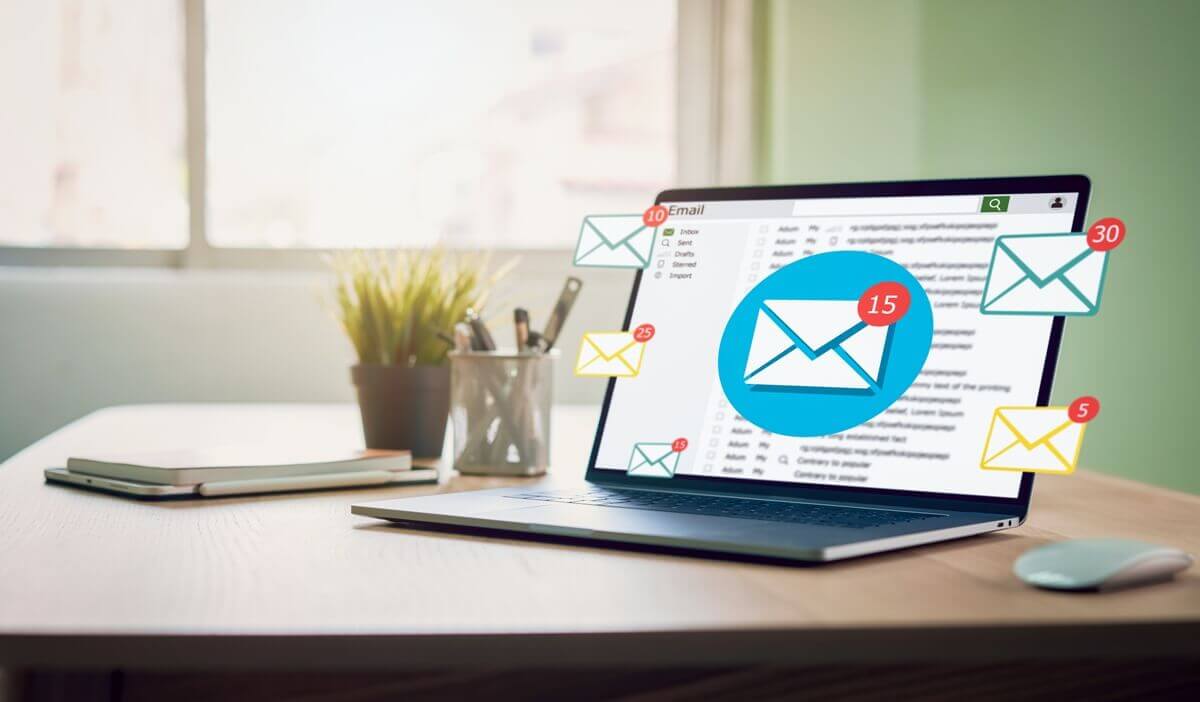With technology at a shopper’s fingertips, companies search for new ways to promote products and services. Positive business interactions produce positive sales. Yet, how do you tell a customer that your company even exists? Also, once a customer knows of your existence, how do you make them return to your company? Email and newsletter marketing offers critical solutions to attract and retain customers.
What is Email and Newsletter Marketing?
Direct marketing through email involves sending messages directly to a targeted customer pool. The messages may focus on different verticals such as offering product promotions, informing customers of new products, or providing customer rewards. You may also use emails to follow up on recent sales transactions or perform customer surveys. Email marketing builds a relationship with a customer to create company loyalty.
Newsletter marketing focuses more on relaying important information to the customer. A newsletter may inform them of company news, upcoming conferences, or upcoming products. It may also provide helpful tips or advice. Think of a newsletter much like a newspaper that offers a softer sales approach. You want to provide information in easily digestible, bite-sized chunks.
Benefits of Email Marketing
Email is versatile. You may use it in numerous ways. If a shopper abandons their shopping cart, your company can send an automated message to remind them about their items. After purchase, an email may inform them of a special offer or discount for their next purchase. It also allows you to run sweepstakes and contests.
Another advantage is that customers may sign up at any point. You may offer an email sign-up button after the customer makes a purchase or completes a survey. They may also sign up to receive emails when creating an account. You may have a sign-up button somewhere on your site.
Lastly, emails allow customers to read them at their convenience. If customers do not feel rushed, they may be more positively inclined to interact with the email and make additional purchases.
Benefits of a Newsletter
Newsletters are more customer-oriented. They focus on the topics that customers are most interested in.
They don’t focus entirely on the hard sale. Instead, it will feature engaging news that encourages people to keep reading. Then it may offer a small free-standing insert that features promotions and deals. With people already invested in the news value of the newsletter, they are more receptive to continue reading the promotion.
You may set up newsletters to be sent out weekly, bi-weekly, or monthly. They are designed to limit customer churn by engaging existing customers. You can opt for printed newsletters, email newsletters, or both to retain a loyal customer base.
Considerations for Email and Newsletter Marketing
When marketing your company with emails and newsletters, a top consideration is to have similar promotions through all channels. You don’t want to offer a 15% promotion on social media, a 5% email promotion, and a 10% promotion in the newsletter. You want a consistent message throughout each method of communication.
Another thing to keep in mind is to make it easy for customers to sign up for both. Place sign-up buttons, tabs, and forms where a customer will see them. You may combine both email and newsletters under one opt-in button. Yet keep in mind that some people may only want one or the other if both are sent electronically to their in-boxes. So, separating them in this instance may provide customers with better options without getting repeated information.
You also want to encourage customers to share the emails or newsletters. An extra discount on a subsequent purchase may lead to repeat sales from existing customers if they refer someone over with a newsletter or email.
There are many ways to market your company to customers. Newsletters and email campaigns are additional avenues that could help build a loyal customer following.





